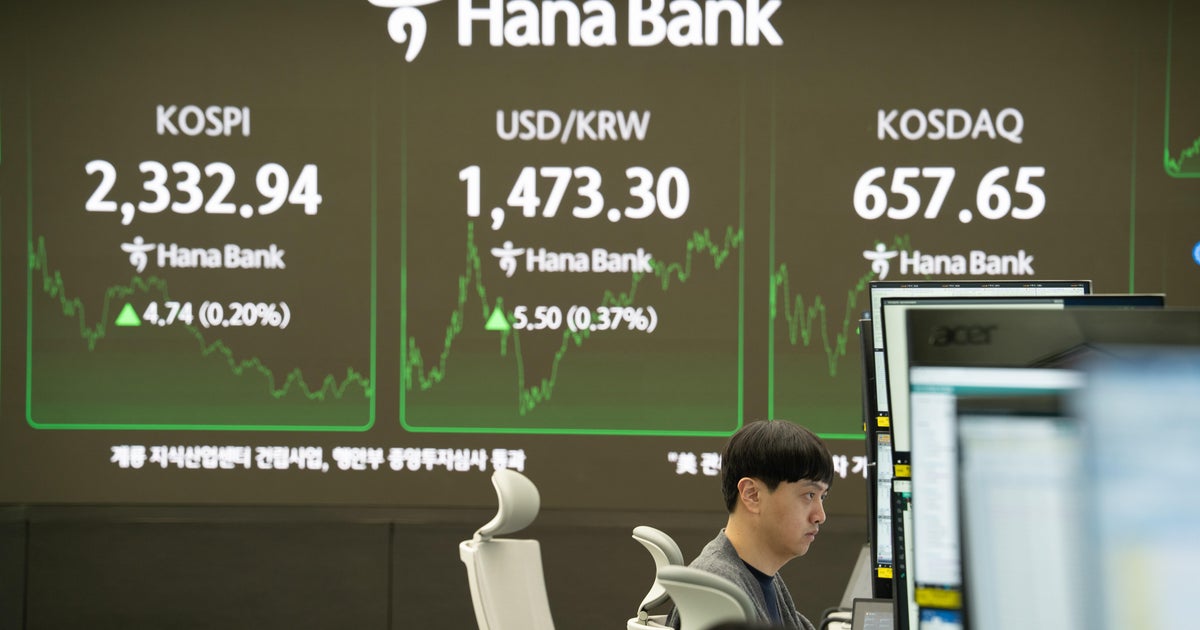Asian shares and U.S. futures advanced Tuesday led by gains in Tokyo, where the Nikkei 225 shot up just over 6% as markets calmed somewhat after the shocks from President Trump ‘s tariff hikes.
The bounceback for most regional markets followed a wild day on Wall Street, where stocks careened after Mr. Trump threatened to crank his double-digit tariffs higher.
Early Tuesday, China’s Commerce Ministry said it would “fight to the end” and take unspecified countermeasures against the United States after Mr. Trump threatened another 50% tariff on Chinese imports.
Futures for the S&P 500 were up 1.61% early Tuesday, 1.9% for the Dow Jones Industrial Average and 1.58% for the Nasdaq Composite, according to Yahoo Finance.
In Tokyo, the Nikkei 225 closed 6% higher, at 33,012.58.
Hong Kong also recovered some lost ground, but nothing close to the 13.2% dive Monday that gave the Hang Seng its worst day since the 1997 Asian financial crisis.
The Hang Seng gained 1% to 20,036.03. The Shanghai Composite index jumped 1.4% to 3,140.15 after the government investment fund Central Huijin directed state-owned companies to help support the market with share purchases.
South Korea’s Kospi picked up 0.3% to 2,334.23, while the S&P/ASX 200 in Australia climbed 2.3% to 7,510.00.
Markets in Thailand and Indonesia tumbled, however, as they reopened after holidays. Trading was suspended briefly in Jakarta when the JSX index fell more than 9%. It was down 7.6% by mid-afternoon. Thailand’s SET lost 4.2%.
In Taiwan, the Taiex lost 4%, pulled lower by losses for Taiwan Semiconductor Manufacturing Corp., or TSMC, the world’s largest computer chip maker. Its shares fell 3.8% on Tuesday.
On Monday, the S&P 500 sagged 0.2%, the Dow sank 0.9% and the Nasdaq edged up 0.1% as shell-shocked investors watched to see what Mr. Trump will do next in his trade war. If other countries agree to trade deals, he could lower his tariffs and avoid a possible recession. But if he sticks with tariffs for the long haul, stock prices may fall further, analysts said.




